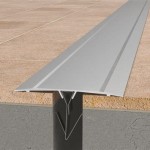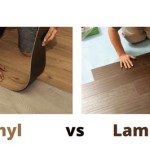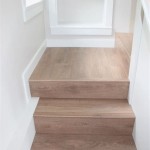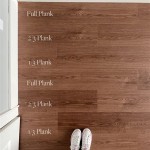A Guide to Installing Bamboo Flooring
Installing bamboo flooring is a great way to add beauty and value to your home. Bamboo is a sustainable material that is durable, easy to clean, and resistant to moisture and pests. It is also a great choice for those with allergies, as it does not trap dust or pollen.
If you are considering installing bamboo flooring, there are a few things you need to know before getting started. First, you need to choose the right type of bamboo flooring. There are two main types of bamboo flooring: strand woven bamboo and solid bamboo.
Strand woven bamboo is made from bamboo fibers that are woven together to create a durable and stable product. Solid bamboo is made from a single piece of bamboo that is cut into planks. Solid bamboo is more expensive than strand woven bamboo, but it is also more durable.
Once you have chosen the type of bamboo flooring you want, you need to prepare the subfloor. The subfloor should be level, dry, and free of debris. If the subfloor is not level, you will need to level it using a self-leveling compound.
Once the subfloor is prepared, you can start installing the bamboo flooring. Bamboo flooring is typically installed using a floating floor system. A floating floor system does not require nails or glue, and it can be installed over any type of subfloor.
To install a floating floor system, you will need to start by laying down a vapor barrier. A vapor barrier will help to protect the bamboo flooring from moisture. Once the vapor barrier is in place, you can start laying down the bamboo flooring.
Bamboo flooring is typically installed in rows. Each row is started by placing a starter strip along the wall. The starter strip is a piece of bamboo flooring that is cut to fit the width of the room. Once the starter strip is in place, you can start laying down the rest of the bamboo flooring.
To lay down the bamboo flooring, simply click the planks together. The planks are designed to interlock, so they will stay in place without nails or glue. Continue laying down the bamboo flooring until you reach the other side of the room.
Once you have installed the bamboo flooring, you will need to trim the edges. To trim the edges, you will need to use a circular saw or a jigsaw. Be sure to wear safety glasses when trimming the edges.
Once the edges are trimmed, you can install the baseboards. Baseboards will help to cover the gap between the bamboo flooring and the wall. Baseboards can be installed using nails or glue.
Installing bamboo flooring is a relatively easy process. However, it is important to follow the instructions carefully to ensure a successful installation.

Beginners Guide To Installing Bamboo Flooring The Company

How To Install Bamboo Flooring Floated Diy Method

Bamboo Family Flooring Installation Guides

Beginners Guide To Installing Bamboo Flooring The Company

Installation Guide Compressed Bamboo Flooring

Beginners Guide To Installing Bamboo Flooring The Company

Installation Guide Lumber Liquidators

Beginners Guide To Installing Bamboo Flooring The Company

Bamboo Floors Installation Guide Floating The Floor Melbourne Top Flooring

Bamboo Flooring Guide All About Hardwood
See Also







